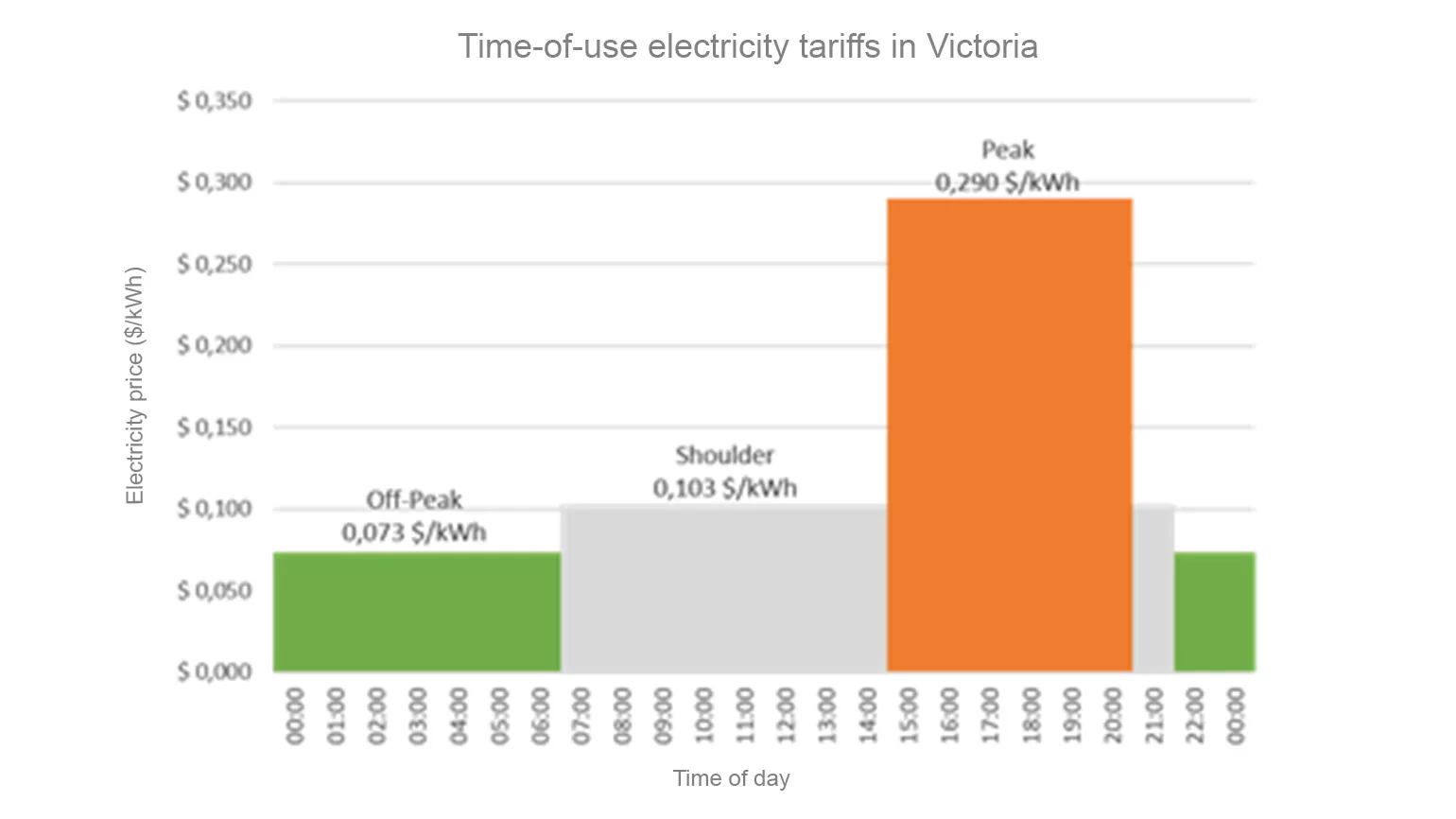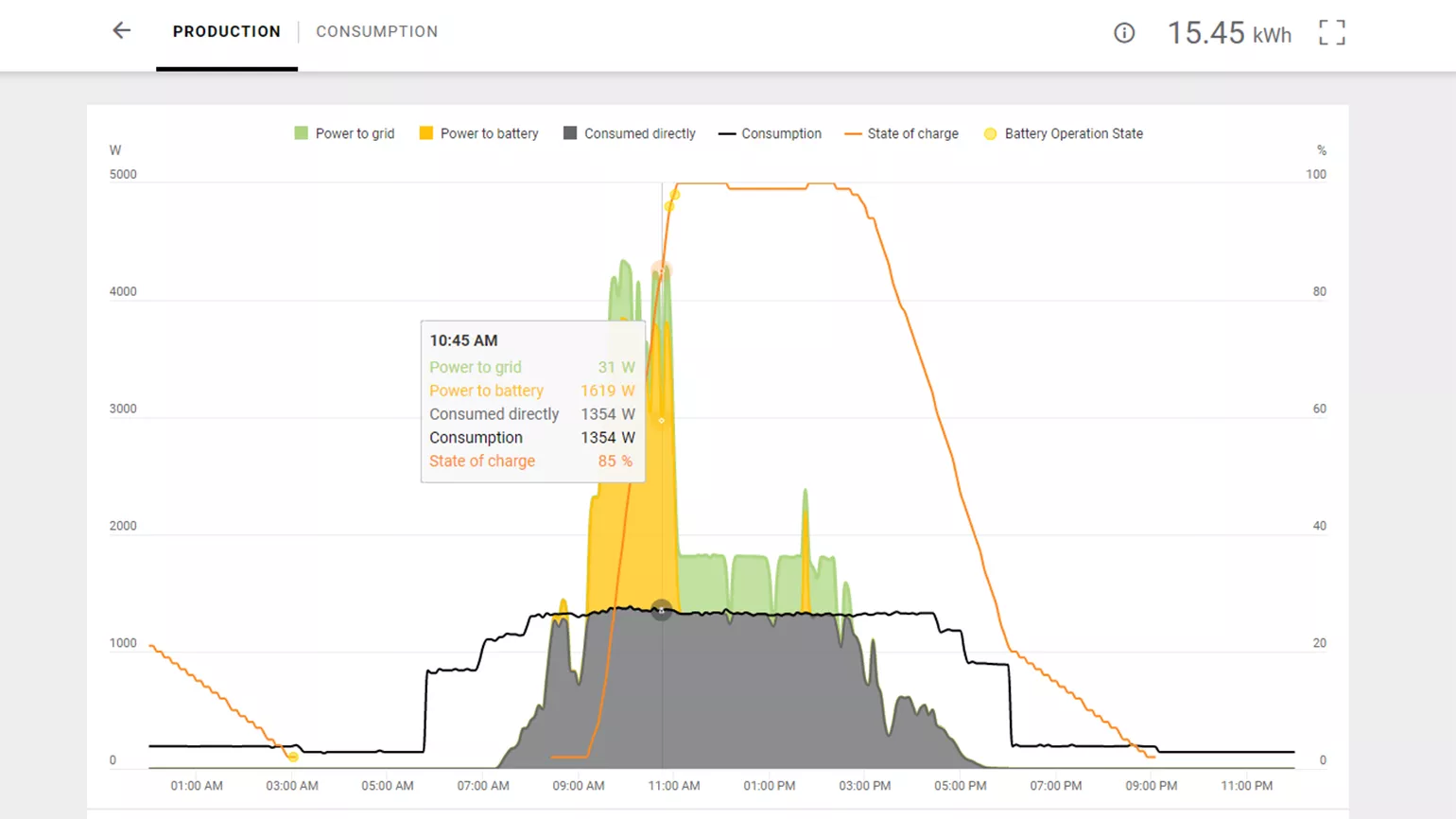2019/05/28
Interesting facts
How to make the most of time-of-use electricity tariffs
Time-of-use electricity
tariffs have already been successfully introduced in several countries and we
expect to hear a lot more about them in the future. In this article, we will
explore how system owners can make the most of this tariff model. Owners of PV
systems with a battery storage system are set to benefit the most from
time-of-use electricity tariffs. With the right settings, the storage solution
can be adapted to suit both the customer’s daily routine and the electricity
tariff. This means that PV systems will turn a profit much sooner and system
owners can also save on energy costs as they can draw the electricity they need
from the grid at the cheapest times. And the best thing is, Fronius already has
a solution to make this setup a reality – the Symo Hybrid inverter.

What are time-of-use electricity tariffs?
Time-of-use electricity tariffs mean that customers pay a different rate for their energy at different times of day. There are usually two to five different phases – this Australian example is made up of three:/ Peak phase: electricity is most expensive during this phase as there is a high demand for energy
/ Shoulder phase: customers pay a moderate price for energy during this period
/ Off-peak phase: the electricity price is lowest during this phase, which is often during the night
The electricity tariffs often also depend on the time of year. In
summer, the peak phase usually occurs during the day, as large numbers of
air-conditioning systems are in use due to the heat.
More specifically, this means that the battery is charged and discharged at certain times in order to reserve capacity for times of the day when the more expensive electricity rates are in force. For example, if the electricity tariff is particularly high in the evening, users can ensure that the battery has enough capacity in the evening to cover this expensive phase with self-produced electricity.
This is achieved by applying settings that limit discharging during the phase in which electricity is at its cheapest.
What are the advantages of time-of-use electricity tariffs?
Time-of-use electricity tariffs are intended to give customers an incentive to use energy at times when the general demand is low, and therefore the electricity price is at its lowest at these times. As a system owner, this enables you to lower your electricity bills and play a role in load management and reducing the load on the grid infrastructure. Of course, it is not always possible to shift your energy consumption to the times with the lowest electricity price. However, an energy storage system allows users to store energy either when the electricity price is low or when there is sufficient PV energy.The Fronius solution for time-of-use electricity tariff
Fronius already has a solution for countries where energy providers offer time-of-use electricity tariffs – the Symo Hybrid inverter. With the Fronius Symo Hybrid, users can define time periods for charging and discharging the energy storage system. System owners can therefore adapt their storage solution to their individual needs and avoid unnecessarily high costs for extra – and above all, expensive – energy from the grid.More specifically, this means that the battery is charged and discharged at certain times in order to reserve capacity for times of the day when the more expensive electricity rates are in force. For example, if the electricity tariff is particularly high in the evening, users can ensure that the battery has enough capacity in the evening to cover this expensive phase with self-produced electricity.
This is achieved by applying settings that limit discharging during the phase in which electricity is at its cheapest.
Some countries also allow batteries to be
charged with electricity from the grid. This makes it possible to charge the
battery cheaply during periods when the electricity tariff is less expensive
and then subsequently use this energy during the more expensive tariff phases.
There are also countries, such as Australia, which offer time-dependent feed-in tariffs. Here too, the Fronius solution can be configured take these time-dependent feed-in tariffs into account and therefore allow the biggest possible yields to be achieved.
Would you like to know more? The “Time-of-use settings with Fronius Symo Hybrid” white paper contains more information about time-of-use electricity tariffs and real-life examples.
There are also countries, such as Australia, which offer time-dependent feed-in tariffs. Here too, the Fronius solution can be configured take these time-dependent feed-in tariffs into account and therefore allow the biggest possible yields to be achieved.
Would you like to know more? The “Time-of-use settings with Fronius Symo Hybrid” white paper contains more information about time-of-use electricity tariffs and real-life examples.


